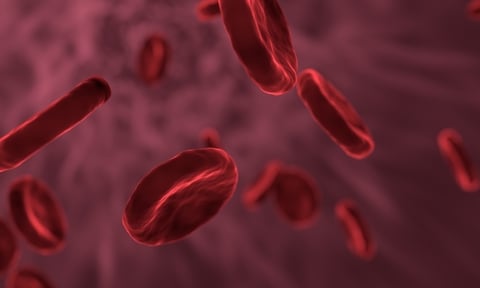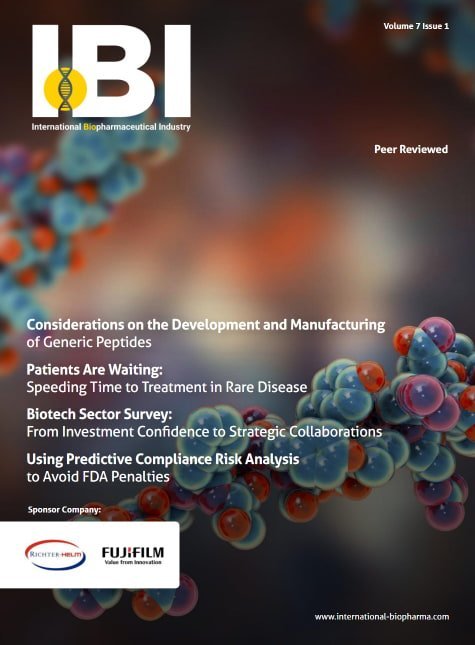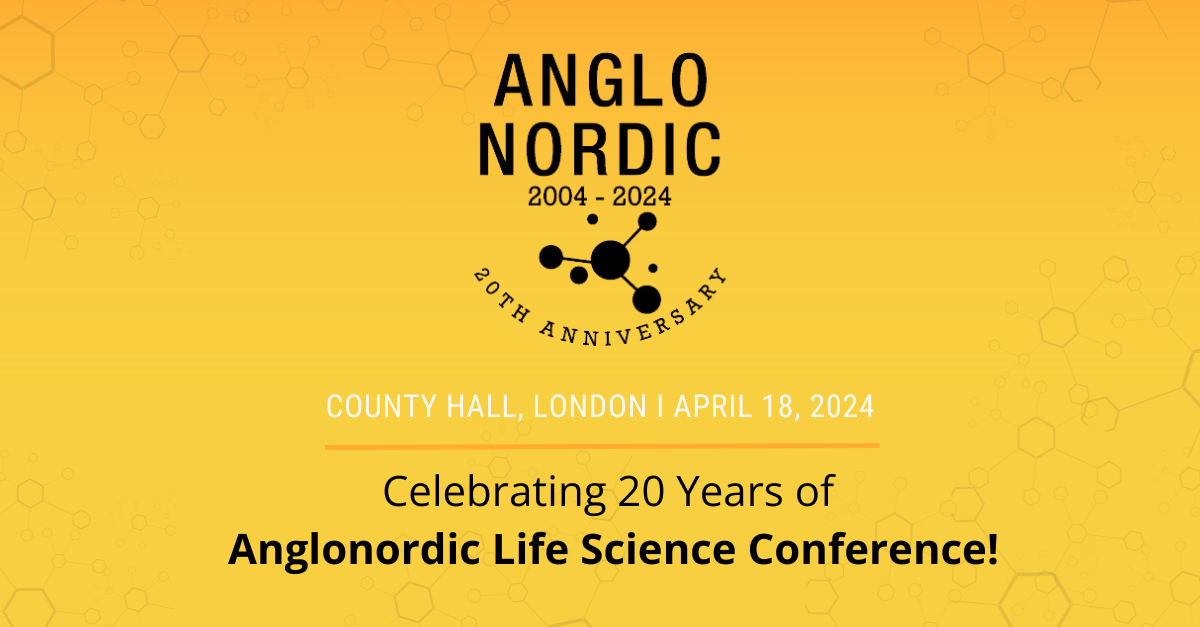
Several gene therapies in late-stage development for hemophilia use adeno-associated virus (AAV) as a vector to deliver a gene that expresses a functional coagulation factor. One limitation of this approach is that most humans have already naturally developed immunity against AAV, which can render the therapy ineffective.
A team led by scientists at the San Raffaele Telethon Institute for Gene Therapy in Italy has found a possible way to improve the delivery of hemophilia gene therapy—and it involves deceiving the immune system.
The researchers integrated the protein CD47 into the surface of lentiviral vectors (LVs) so they could escape detection and destruction by the immune system. In tests with monkeys, the LVs were able to transfer therapeutic genes to liver cells—the target in patients with hemophilia B—without causing toxicity. The team reported the findings in the journal Science Translational Medicine.
Like AAV, LV has also been employed for gene therapies. Bluebird Bio’s LentiGlobin, designed to treat the blood disorders beta-thalassemia and severe sickle cell disease, uses LV to insert a functional version of the human beta-globin gene into a patient’s blood-producing hematopoietic stem cells.
LV is derived from HIV, which is not as prevalent as AAV and therefore should be a better option for gene therapy. But the Italian researchers noticed that LV could be cleared from the body before they can exert their therapeutic effects by hepatic and splenic phagocytes—white blood cells that engulf foreign molecules.
The CD47 protein is known to inhibit this destructive process, so San Raffaele Telethon Institute for Gene Therapy scientific director Luigi Naldini and colleagues hypothesized that attaching CD47 to LV could help gene therapies escape macrophages.
When tested intravenously in monkeys, LVs with high levels of CD47 were more resistant to phagocytosis and were less susceptible to detection by antigen-presenting cells than normal LVs were, the researchers reported.
Some experimental gene therapies for hemophilia that use AAVs are showing encouraging results in clinical trials, which partly explains why Roche has put up $4.8 billion to purchase gene therapy pioneer Spark Therapeutics. In a phase 1/2 study, Spark’s SPK-8011 for hemophilia A posted 97% decreases in both annualized bleeding rates and the need for blood transfusions in 12 patients. However, the drug’s factor VIII activity-boosting effect was weaker than BioMarin had reported for rival therapy valoctocogene roxaparvovec.
Notably, two patients on the highest dose in Spark’s trial—the dose that was taken into the phase 3 trial—had an immune response that caused their factor levels to drop to less than 5% of normal. In their study, San Raffaele scientists also noted anti-factor IX immune responses that were not fully prevented by shielding their LVs from phagocytosis.
That said, the AAV treatment’s efficacy seems to wane over time, and that’s where LV could boast another advantage, the Italian researchers believe. That’s because LVs actively integrate into the host cell genome and therefore are maintained as cells divide, “a potential advantage for establishing long-term expression,” the San Raffaele scientists noted in their study. AAVs, by contrast, do not integrate into the host genome.
Integrating CD47 could lower the LV doses required, thus easing manufacturing demand and lowering the possibility of side effects, the team added.

























